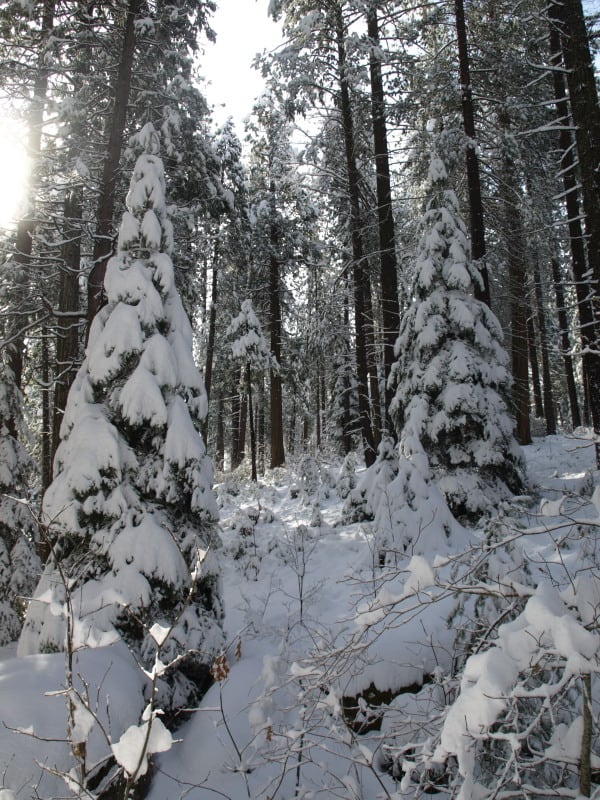US Forest Service awards nearly $4 million for renewable wood energy projects
Projects funded in Mont., Calif., Vt., Alaska, Idaho, Ore., NH, Colo., Ga., Va., Wash., Kan., Utah
WASHINGTON, July 26, 2012 – The U.S. Forest Service today announced the award of nearly $4 million in grants for wood energy projects around the country to help expand regional economies and create new jobs.
The grants, totaling $3.92 million, will be distributed to 20 small businesses, community groups and tribes to develop renewable energy projects that require engineering services.
The projects will use woody material such as beetle-killed trees removed from forests to aid in wildfire prevention. The material will then be processed in bioenergy facilities to produce green energy for heating and electricity. The awardees will use funds from the Woody Biomass Utilization Grant program to secure the engineering services necessary for final design, permitting and cost analysis.
“The Forest Service works in more than 7,000 communities across the country to support projects that provide green jobs and boost local economies,” said USDA Deputy Under Secretary Butch Blazer. “These grants continue our legacy of improving access to affordable energy for rural schools, community centers, universities and small businesses.”
The grant program helps applicants complete the necessary design work needed to secure public or private investment for construction. Examples of projects include the engineering design of a woody biomass boiler for steam at a sawmill, a non-pressurized hot water system for a hospital or school and a biomass-power generation facility.
The Forest Service selected 20 small businesses and community groups as grant recipients for these awards in 2012. According to the requirements, all 21 recipients provided at least 20 percent of the total project cost. Non-federal matching funds total nearly $8 million.
2012 Woody Biomass Utilization Grantees
California Department of Forestry, Sacramento, Calif.
$124,875
City of Montpelier, Montpelier, Vt.
$248,556
City of Nulato, Nulato, Alaska
$40,420
Clearwater Soil and Water Conservation District, Orofino, Idaho
$110,000
Coquille Economic Development Corporation, North Bend, Ore.
$145,000
County of Sullivan New Hampshire, Newport, N.H.
$250,000
Evergreen Clean Energy, Gypsum, Colo.
$250,000
F.H. Stoltze Land and Lumber Company, Columbia Falls, Mont.
$250,000
Greenway Renewable Power LLC LaGrange, Ga.
$250,000
Longwood University, Farmville, Va.
$250,000
Mineral Community Hospital, Superior Mont.
$190,000
Nippon Paper Industries USA Co. Ltd, Port Angeles, Wash.
$250,000
Oregon Military Department, Salem, Ore.
$250,000
Plumas Rural Services, Quincy, Calif.
$70,125
Port Angeles Hardwood LLC Port Angeles, Wash.
$250,000
Quinault Indian Nation, Taholah, Wash.
$205,000
Riley County Schools, Riley, Kan.
$90,000
Sanpete Valley Clean Energy LLC, Salem, Utah
$250,000
Southern Oregon University, Ashland, Ore.
$250,000
Yosemite/Sequoia Resource Conservation and Development Council, North Fork, Calif.
$134,225
The Forest Service Woody Biomass Utilization grant program has been in effect since 2005 and has provided more than $36 million toward various projects, ranging from biomass boilers for schools to helping businesses acquire equipment that improves processing efficiencies. During this time period, over 150 grants have been awarded to small businesses, non-profits, tribes and local state agencies.





